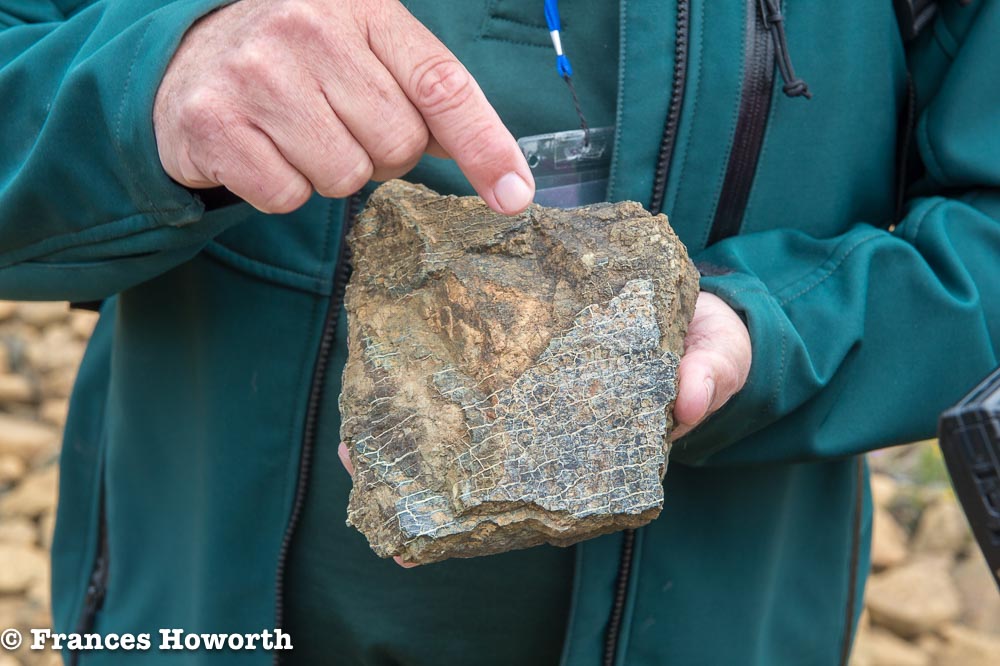We anchored off Woody Point in Bonne Bay a deep inlet that divides the Gros Morne National Park into a northern part and one to the south.
Gros Morne National Park is an area of outstanding natural beauty with a rich variety of scenery, wildlife, and offers a range of recreational activities. Visitors can hike through wild, uninhabited mountains and camp by the sea. Boat tours bring visitors under the towering cliffs of a freshwater fjord carved out by glaciers. Waterfalls, marine inlets, sea stacks, sandy beaches, and colourful nearby fishing villages complete the phenomenal natural and cultural surroundings of Gros Morne National Park.
Beyond its awe-inspiring scenic beauty, Gros Morne National Park boasts an incredible biological diversity and is internationally acclaimed for its unique geological features. The rocks of the area describe ages of geologic turmoil when old oceans disappeared, new ones were created, and continents took shape.
The rocks in Gros Morne National Park have contributed greatly to our understanding of plate tectonics. It is for this contribution to our understanding of the world around us that Gros Morne National Park was declared a UNESCO World Heritage Site in 1987.
We went ashore to visit the Discovery Centre operated by Parks Canada and learned from experts how the land was formed and then went onto walk across the earths crust enchanted by the concept that this is just one of only four sites around the world where this is possible.
This ancient ocean crust was formed 500 million years ago when the North American plate and that of Gondwana collided. A sliver of the ocean floor from the closing sea between the continental plates was thrust on top of the North American plate witnessing the birth of the Tablelands.
The Tablelands we see today were subsequently sculpted during glaciations leaving the distinctive large U-shaped valleys, hanging valleys, cirques and bowls we saw here.
The lack of vegetation is primarily due to the high toxicity of the minerals found in the rocks, like peridotite and nickel.
Even now the rocks are still undergoing a process of meta morphisation that causes the rocks to outwardly display what is going on inside. This process is called Serpentanisation and refers to the snakeskin appearance of the surface of the rock.
The wind blows in organic material, so some hearty plants have managed to settle in with little competition.
We are grateful to Destination Canada, Air Canada and ship operators One Ocean Expeditions for kindly hosting us on this trip


